The ESSENCE project was designed by Shannon Levkovitz as part of PAACADEMY‘s “Reactive Miniverse” with Studio Friedenberg – Machmouchi. The Reactive Miniverse studio explored the fundamentals of architectural geometry and how it is implemented in geometries within a game engine to create interactive environments.
The starting point resembles the brain, which can transport you through all five senses. The “brain” holds millions of receptors that symbolize touch, the first sense humans experience. Within the game, similarly to real life, the player is in control of their direction, but the external environment is out of their control and in constant movement.
The player’s first mission is to choose which sphere they enter, symbolic of humans’ daily decisions. As the player approaches a sphere, they face a series of obstacles (represented as cylinders). Once the player can reach the floating sphere, they are teleported to the next sense (space), where they are once again faced with an external environment out of their control.
Concept and Inspiration
ESSENCE started as a concept of planets representing the unconscious versus the subconscious mind, present versus locked, and free versus hidden. These ideas brought her attention to mind and body connection as Shannon began to reimagine the human journey through the digital world. After a series of experiments in Rhino and Midjourney, Shannon focused on exploring the representation of human senses in the digital world through a physical space.
The concept of planets aided in form-making as Shannon began to imagine this world coming alive. Shannon wondered how this project could aid in how Shannon go about her future architectural projects; why should architecture be static? How can we translate more humanness into our built environments? How can we, as designers, give people freedom through architecture? How can we harness the power of computational design into something physically attainable and beautiful?
Design Process
Her design process started with the discovery of Midjourney, Shannon found myself immediately drawn to this quick, imaginative machine that created an “out of this world” image with a few simple words. She began researching outer space architecture and found diagrams to be her most helpful tool in space-making. She decided to focus intently on the concepts of unfolding, extruding, layering, and meshes to build a space and feeling. Color, massing, and scale came into play as she uncovered the user experience.
The Unreal Engine allowed me to imagine and understand an alternate universe, turning her once static rhino shapes into something grander. Her design process brought me to appreciate and dive deeper into the incredible world of artificial intelligence and computational design.
Visualization
Shannon used Rhino for modeling. She hadn’t realized the number of possibilities in Rhino until this project. It’s exciting to create so many different forms with the click of just one button.
She mainly used Unreal for the visualization and some of Rhino’s effects. Unreal was used to bring out the space’s light and experience. Light plays a large role as darkness fills the world. For the player to stay alive, they must stay in the light. This life journey is represented through movement and light. Rhino was used in a diagrammatic sense to describe the program. The visualizations of ESSENCE highlight that players construct their own experience and meaning throughout the game.
Shannon used unreal to translate her shapes from static to nonstatic. Unreal transformed her project far beyond what she had imagined. Although I’ve used real-life realistic programs like Enscape, Unreal can fully capture the human experience. She also used unreal to determine scale, and she wanted the space to encapsulate the player, making them feel the complexity of their inner selves. Unfortunately, she ran into several if not hundreds, of computer issues along the way, as expected, but still found myself drawn to the power and capabilities of this program.
ESSENCE explored our senses: seeing, smelling, hearing, touching, and tasting. She decided to focus on the senses through physical representation because their importance is disregarded in our day-to-day built environment. The senses are embodiments of what makes us living creatures. This journey is meant to take you on a roller coaster, going up and down, light to dark, all in a matter of seconds.
Conclusion
According to Shannon, through this studio, she was able to overcome her fear of the unknown in regard to computer programs. She was afraid to try new programs in the past, but once she realized the power of computational design for the future, she understood the importance of learning them.
In this laid-back environment, she could learn at her own pace and ask without hesitation. She is confident she will use the skills this studio has taught me in her everyday process as an architecture student and soon as a professional. Not only will this help me with representation but also in asking deeper questions and allowing the power of these computer programs to aid in creating a higher-quality user experience.





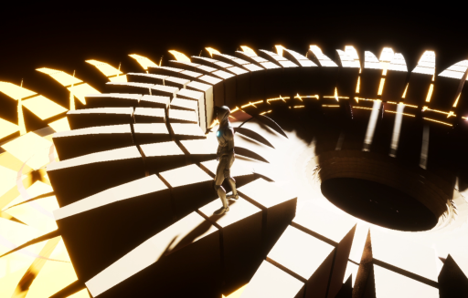
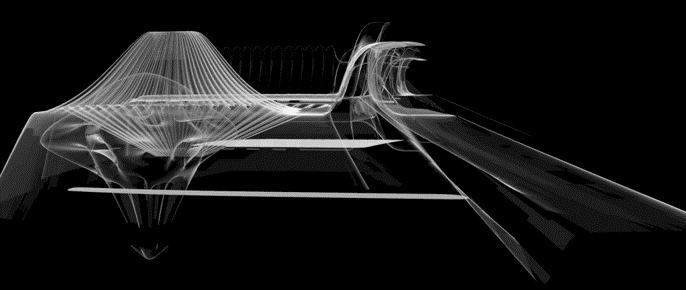
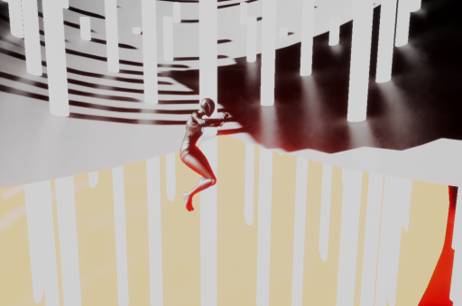
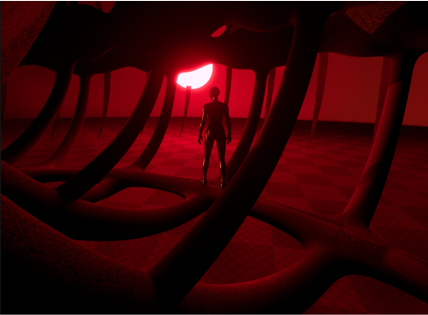
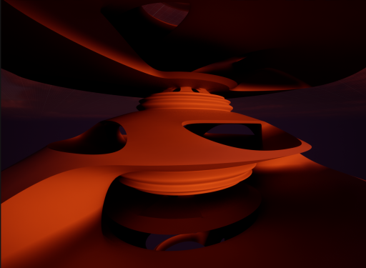














Leave a comment